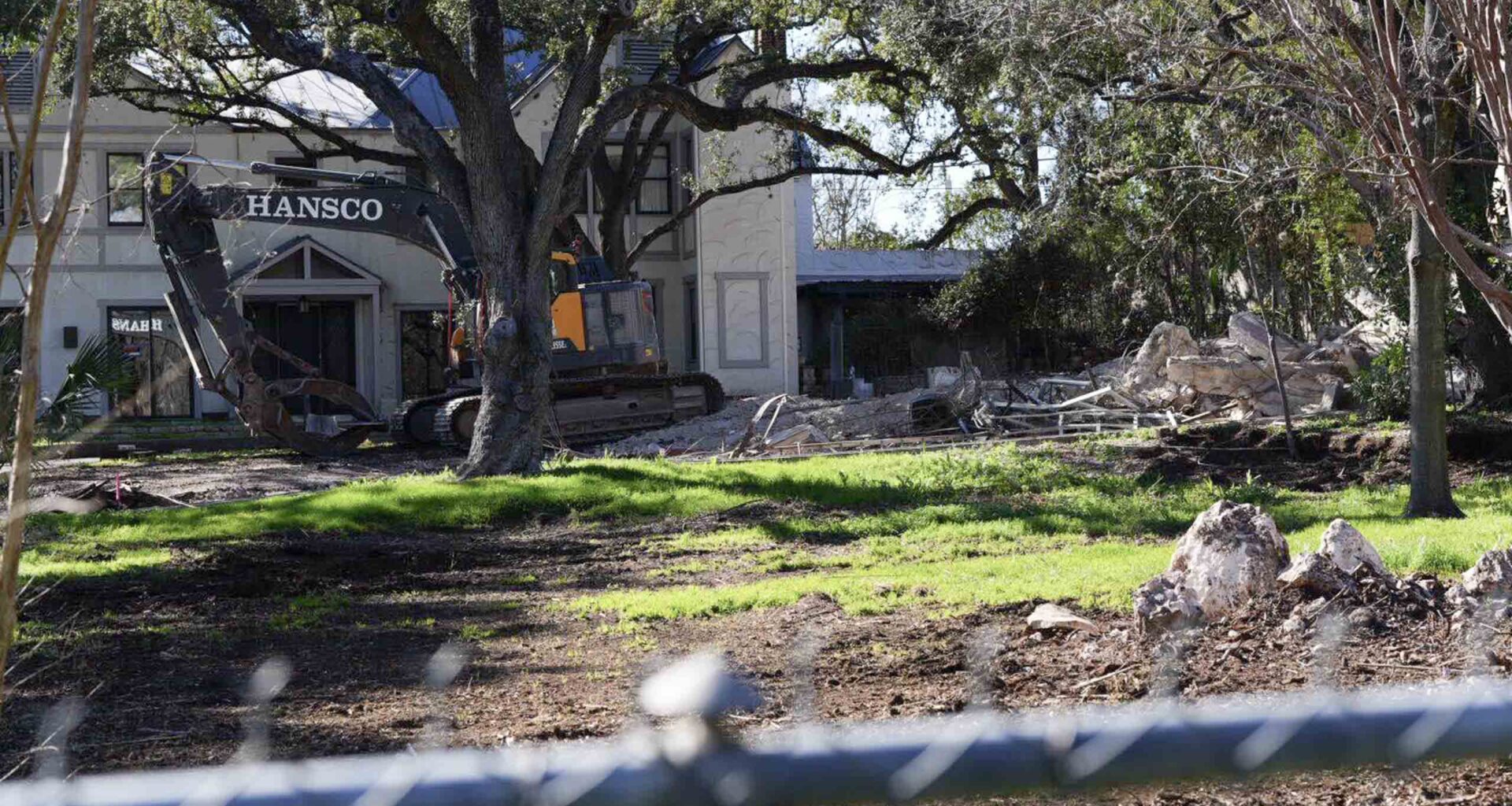San Antonio’s deconstruction ordinance expanded this year, applying to more residential buildings in more parts of the city. The rules apply to homes or other smaller residential structures set for demolition.
From 2025 on, residential buildings built before 1945 and scheduled for demolition will be deconstructed and their materials reused.
The Sept. 26 podcast episode of bigcitysmalltown featured a 2024 interview with Stephanie Phillips, the city’s senior manager for circular economy and deconstruction, where she discusses the benefits, growth and challenges for these unbuilding efforts.
“The deconstruction and circular economy program manages the city’s deconstruction ordinance,” Phillips said. “We make sure that older building stock gets deconstructed instead of demolished.”
The goal is to deconstruct buildings instead of demolishing them, saving valuable materials from going to landfills, Phillips said. Each year in San Antonio, demolitions generate around 15,000 tons of waste and $1.5 million worth of materials that are sent to landfills instead of being reused.
“Instead of heavy machinery smashing a building and throwing it into a landfill in a matter of days, you have people slowly dismantling from the roof to the foundation and salvaging those materials for reuse,” she said.
San Antonio is the largest city in the country with this kind of law on the books and it’s been rolled out gradually, Phillips said. It first focused on structures built before 1920 and prioritized historic districts. Older buildings are built with less glue or staples, making them easier to deconstruct, Phillips said.
That slow expansion was to build a workforce that specializes in deconstruction, Phillips said, and to create supply chains for lumber, masonry or other materials that are reused from past buildings.
“Some key barriers to scaling it are workforce,” she said “In order to effectively regulate a policy, you need to make sure you have the people that can do the work.”
Part of the program’s work has been building a deconstruction certification for workers. That began before the ordinance passed in 2022, Phillips said. A Material Innovation Center was added in 2022 and houses deconstructed materials for reuse.
Phillips added that it can be hard for architects and developers to start using deconstructed materials in their work.
“When we think about large buildings, like community centers and apartment buildings, that requires a lot of material and a lot of consistent material,” she said. “When you’re so used to an architecture industry that relies on volume and consistency, that is a remarkable barrier.”
The city’s circular economy and deconstruction program received inquiries from local architects and developers regularly, though, added Phillips. She pointed to San Antonio’s history and heritage as key factors for that interest and for the potential of reuse.
Discussions about deconstruction and slowing demolition began in 2017 and 2018 due to concerns about that history, she added. People did not want to see buildings with long histories quickly demolished.
“That can be really fracturing and almost violent for communities if that critical resource that’s been a part of their living heritage for a long time is just gone,” Phillips said. “From that came the idea for deconstruction.”
Another key benefit is the energy and resources saved by reusing materials, Phillips said. It can seem cheaper to move faster with quick demolitions and construction, but Phillips said using materials that have already been processed and built saves the time and energy that goes into harvesting or mining new materials.
“The bricks that hold up this building, the wood that holds up our houses. All of that energy is locked into those materials, it’s already been expended,” she said. “[Let’s] make sure our buildings can stand and be adapted instead of demolished and thrown away, which necessitates even more energy to be expended.”
Reducing demolitions can also decrease air and water pollution from dust and other particulate matter, Phillips added.
Deconstruction takes more time and can be more expensive than a quicker demolition, Phillips said, but she sees community buy-in and interest as important parts of the process. Neighbors of deconstruction sites will often come out, interested in resuing materials in their own homes or projects.
“The landfill doesn’t deserve these materials, our communities do,” Phillips said. “You can’t build a community around a landfill. But you can definitely build community around sharing and reuse.”
